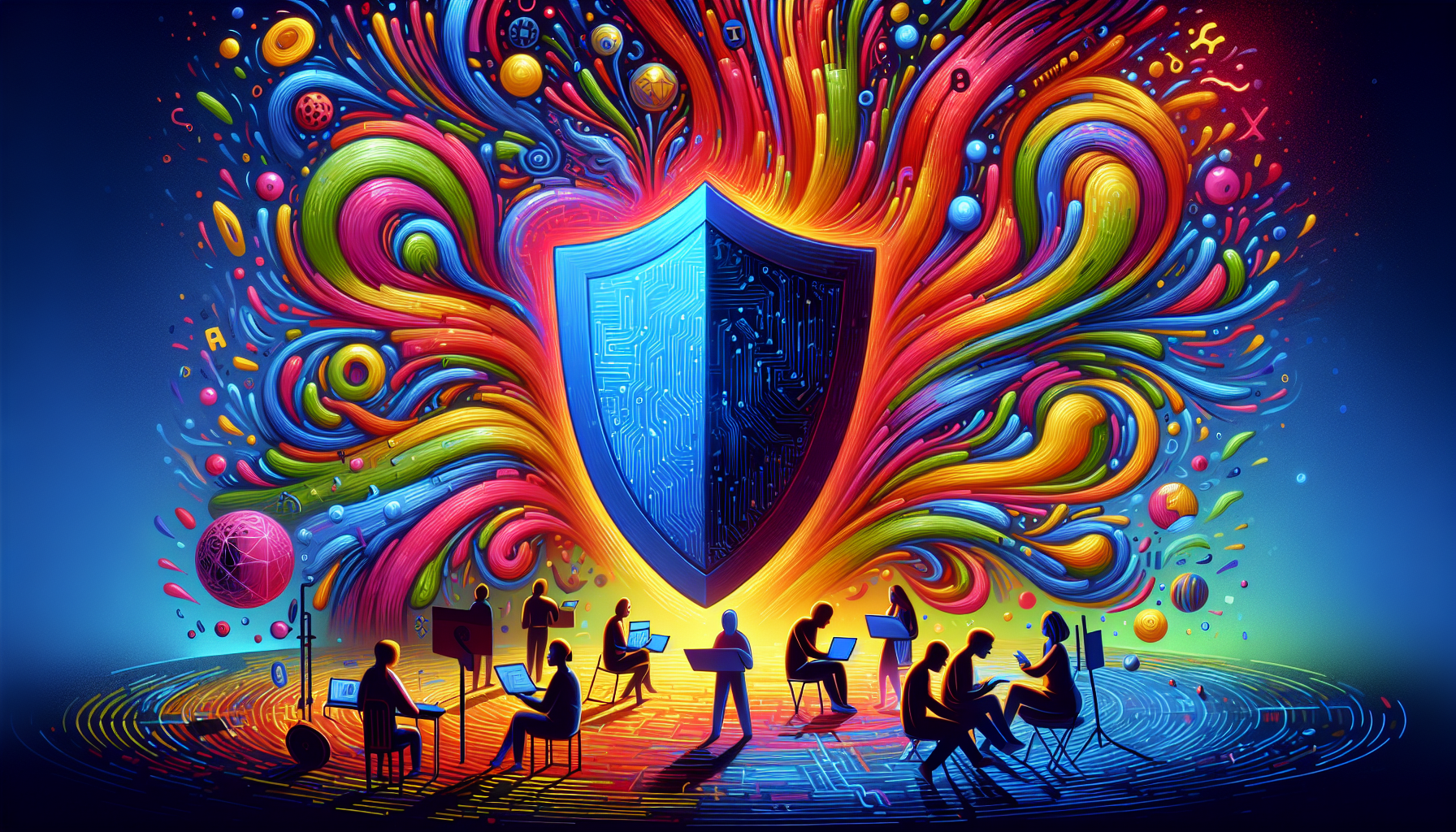
A New Era of Digital Protection
YouTube has officially initiated the roll-out of an impressive AI detection tool to its already venerable Content ID system. This technological marvel is aimed at none other than a contemporary concern: AI-generated singing content. So, if you’ve ever wondered whether that too-good-to-be-true new hit by your favorite artist is actually them or their digital doppelgänger, you’re in for a treat. This tool seamlessly identifies and manages AI-generated content mimicking artists’ timeless voices.
Standing Up to Digital Double-Trouble
This cutting-edge effort is part of YouTube’s robust initiative to draw the curtain on suspicious AI-generated content. The platform’s proactive stance follows eyebrow-raising moments, like the infamous AI-generated duet that had everyone thinking it was an actual collaboration between Drake and The Weeknd. You know the one—try not to start singing along just yet.
And hold on to your mouse, because YouTube isn’t just limiting its Sherlock-Holmes-level detection to melodious marvels. They’re also crafting tech that identifies AI-generated mischief using the faces of creators and celebrities. Deepfakes beware; YouTube is on the prowl.
Creativity Meets High-Tech Vigilance
The call for action comes from over 200 distinguished musicians, including the likes of Billie Eilish, J Balvin, Nicki Minaj, Stevie Wonder, and REM. They’ve raised their voices—not just in song but in advocacy. Their open letter is a clarion call for measures that safeguard artistic likenesses, voices, and sounds from AI replication shenanigans.
Tuning to Artists’ Needs
YouTube’s new tech tools are akin to musical armor, designed precisely to resonate with the concerns of these vocal virtuosos. The tech titan aims to ensure that AI is more ally than adversary, enhancing human creativity rather than usurping it. The well-loved Content ID system, originally the guardian of copyrighted melodies, is now being repurposed to detect AI-generated tunes. Over the years, this system has funneled billions back into the music industry—talk about hitting the high notes!
But let’s not sugarcoat it; this noble quest is rife with complexity. Detecting which bits of AI-generated content are infringing on which original works is like nailing jelly to a wall. AI models regurgitate content assembled from bits and pieces of pre-existing material, making the detective work feel like piecing together a Picasso from a sea of paint splatters.
Ethics and Teamwork in the Digital Symphony
The emergence of AI-generated content doesn’t just invite complexity; it flings the door wide open to a storm of legal and ethical quandaries. Who, after all, owns the rights to a piece of digital art conjured by a machine? The lines are blurrier than an impressionist painting, and the guidelines remain frustratingly nebulous.
But fear not, for YouTube isn’t paddling this canoe alone. They’re in tight liaison with industry bigwigs, including Universal Music Group, constructing an AI framework that balances the scales between creative exploration and artist protection. Amidst all the zeroes and ones, YouTube’s commitment to responsible AI usage gleams like a lighthouse in a storm. Their goal is crystal clear: harness AI for the augmentation, rather than the substitution, of human creativity. With partners united and guardrails in place, this digital concerto is only just beginning.






